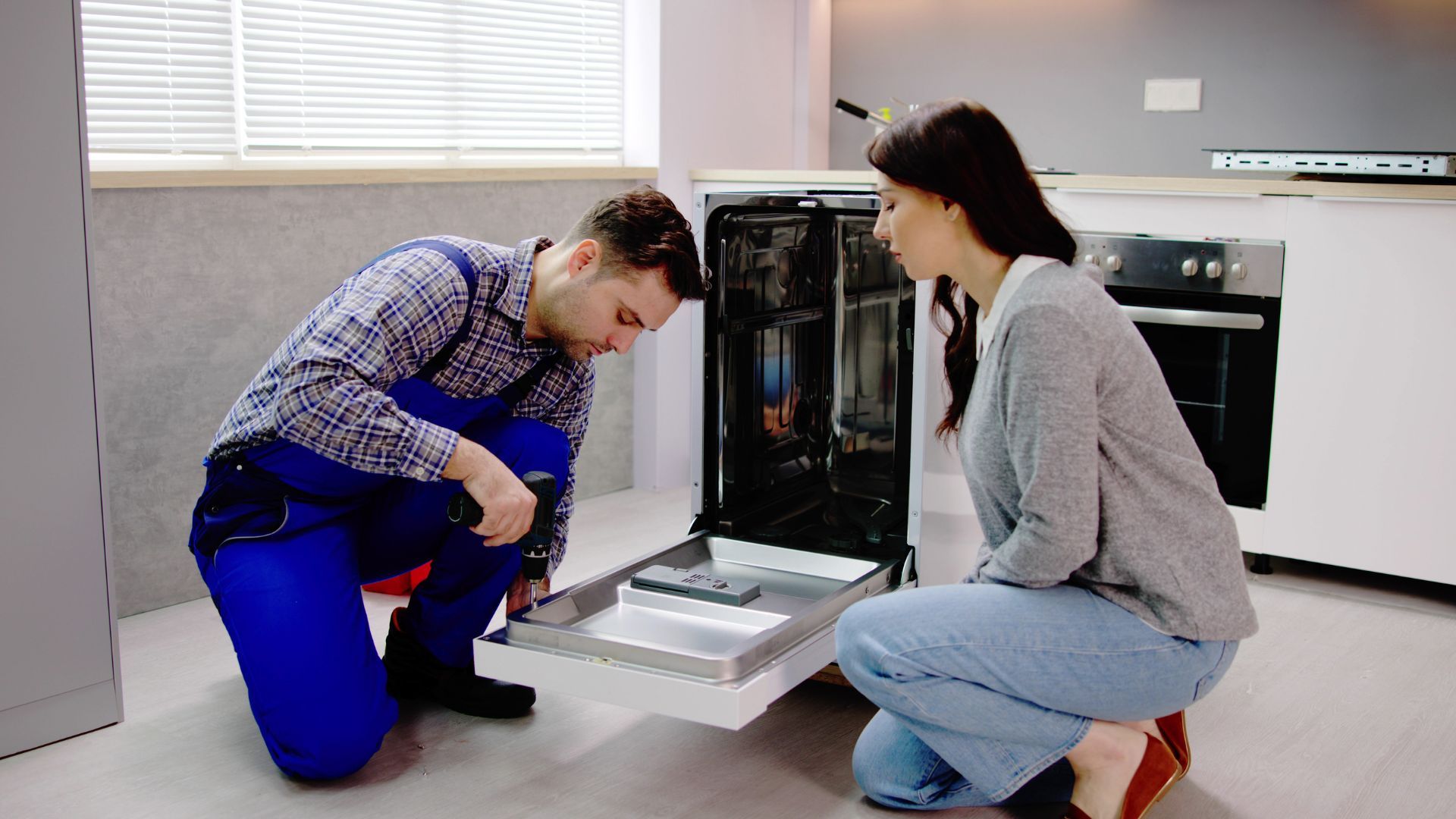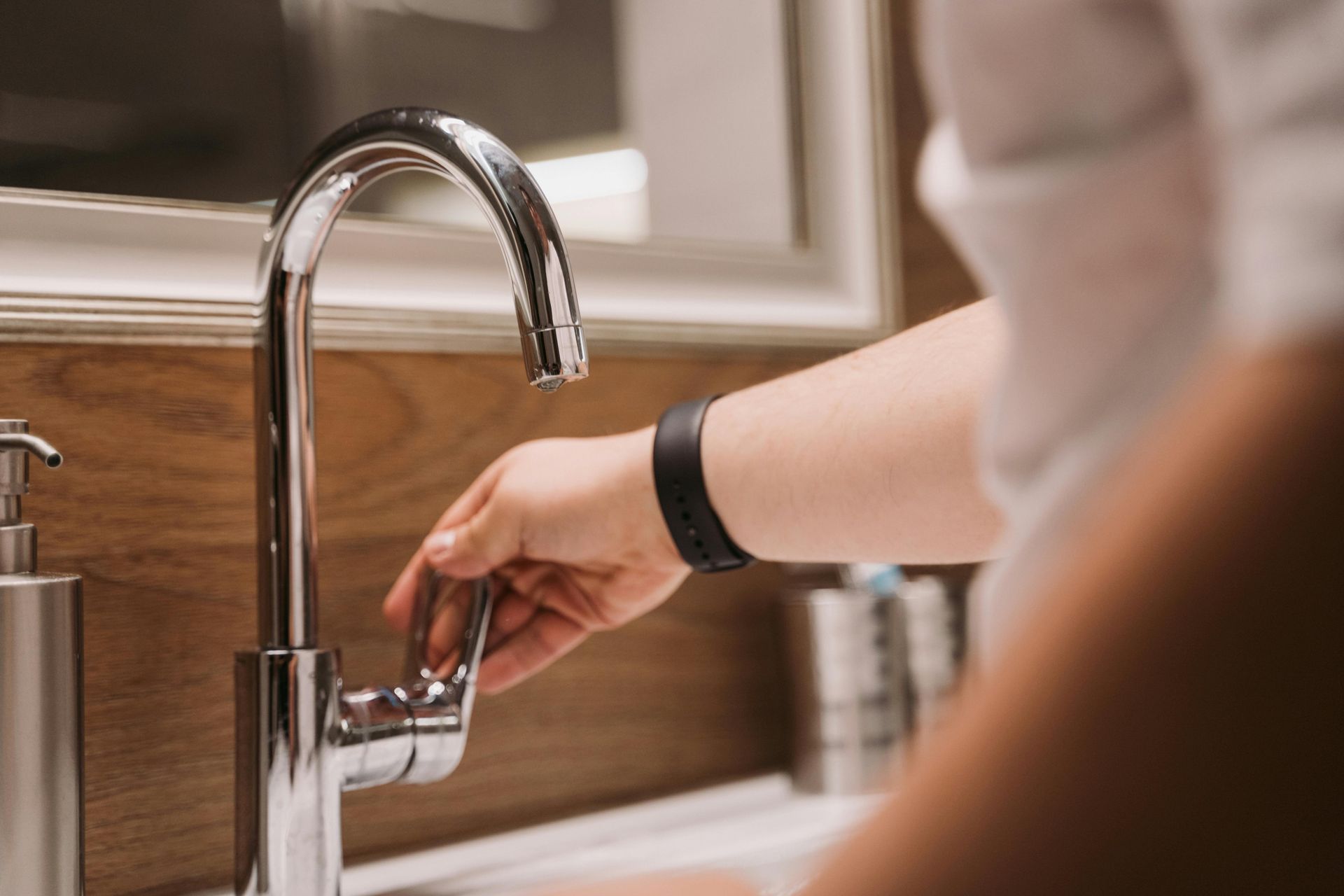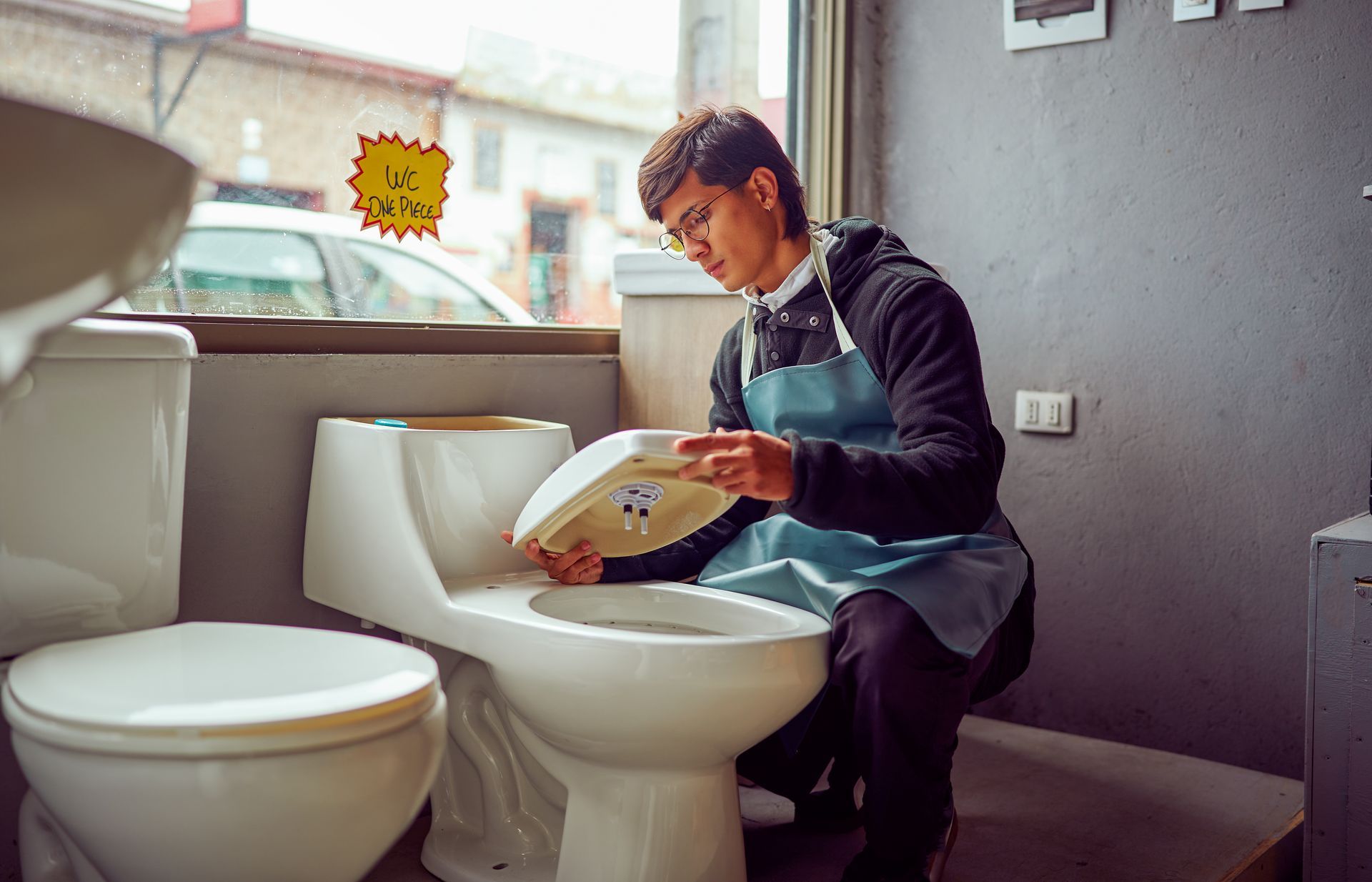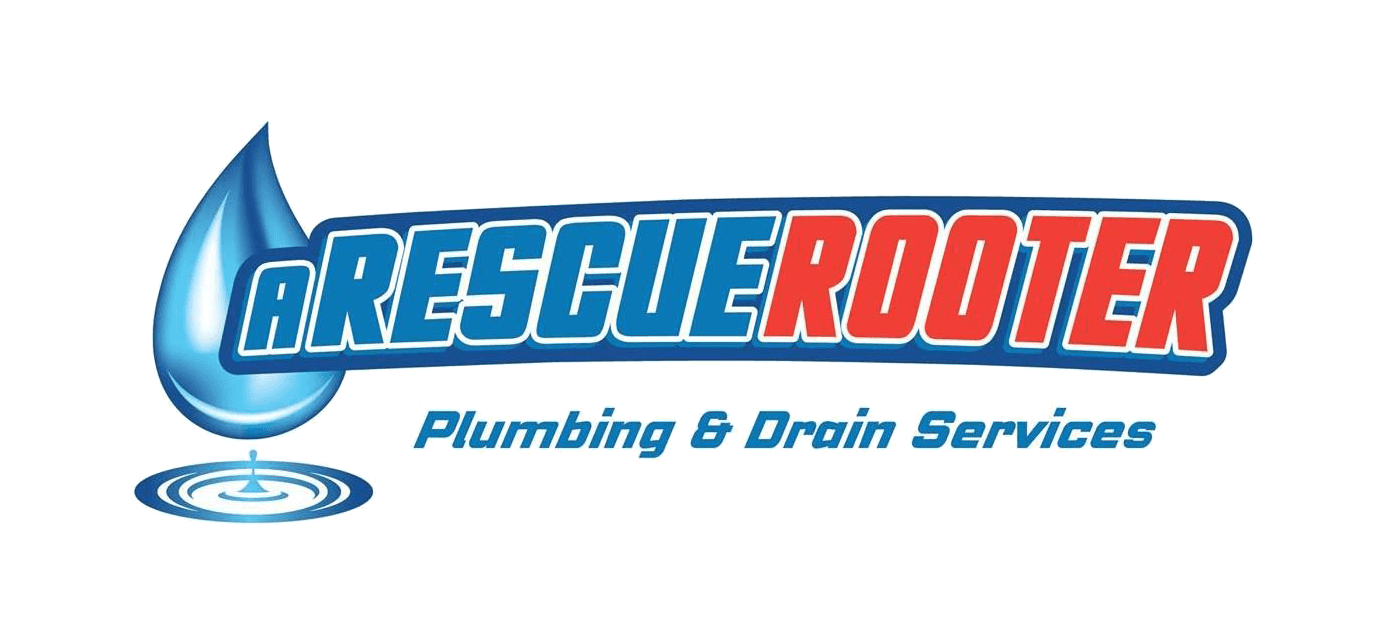A Plumber’s Tips and Tricks
A Residential Plumber's Tips and Tricks include:
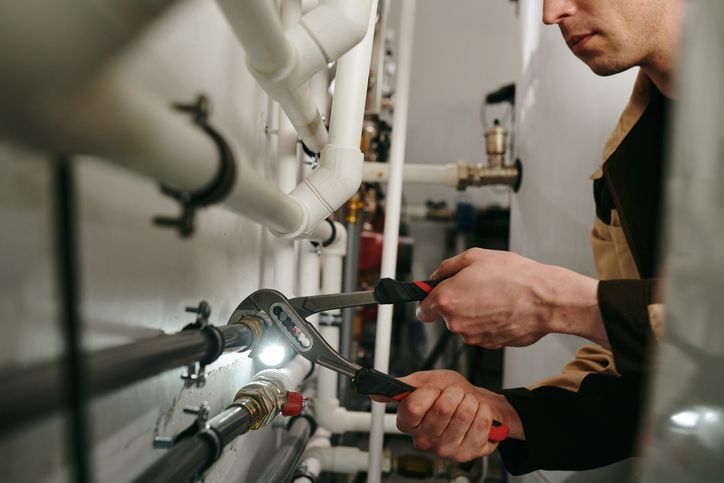
1. Always use the right plumbing tools for the job – having a good set of plumbing tools on hand will make any job easier. Make sure to have an adjustable wrench, putty knife, snake, pipe wrenches, and a plunger handy.
2. Take your time – when it comes to plumbing, it’s important not to rush things. Take your time making sure everything is connected properly so you get the best results possible and don’t cause any damage in the process.
3. Don’t forget PTFE tape – PTFE tape helps seal threaded pipe connections together so they are water-tight and secure. It also helps prevent leaks from occurring. Make sure you wrap each connection with two or three layers of tape before tightening them down with a wrench.
4. Check for leaks regularly – even if no signs of a leak appear after installation, it’s still important to keep an eye out for them in case something was missed during the initial process or if something shifts slightly over time that could create a leaky connection somewhere else down the line.
5. Use clean parts – debris or dirt can quickly clog up pipes or reduce their performance quality, so always make sure all parts are completely clean before installing them in order to get the best results possible from your plumbing system.
When it comes to plumbing, there are many small repairs that can be done around the house without calling a professional. Depending on your skill level and comfort level with tools, you may be able to tackle certain projects yourself. Some of the most common DIY plumbing repairs include unclogging sinks or toilets, fixing leaks in faucets or pipes, replacing old fixtures such as toilet handles, and repairing broken supply lines.
If you do decide to attempt any repair yourself, it’s important that you have the right tools for the job and know how to use them properly. Investing in a good set of plumbing tools (such as an adjustable wrench, putty knife, snake, pipe wrenches and a plunger) is essential for any repair project. Additionally, it’s important to take your time when making connections or adjustments so that you don’t cause any damage in the process. Don't forget to use PTFE tape when tightening threaded pipe connections - this helps seal them together so they're water tight and secure.
Finally, make sure all parts are clean before installation; debris or dirt can quickly clog up pipes or reduce their performance quality. Check for leaks regularly after installation - even if no signs of a leak appear immediately - as something could have been missed during the initial process or shifted slightly over time which could create a leaky connection down the line. By taking these steps into consideration and having some basic knowledge of plumbing principles and techniques, DIY repairs can help you save money while still ensuring your home’s plumbing system is functioning properly.
A Rescue Rooter in Hamilton offers commercial and residential plumbing services, tailored to meet the specific needs of each project. Give them a call for bigger fixes As a full-service plumbing provider, they are equipped to handle large scale projects. For bigger plumbing fixes, call A Rescue Rooter at (905) 521-8284 or fill out their form. There is never a premium charge for your emergency!
